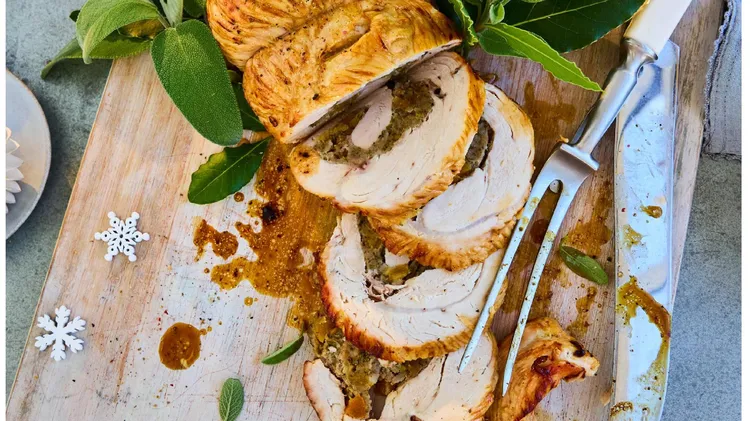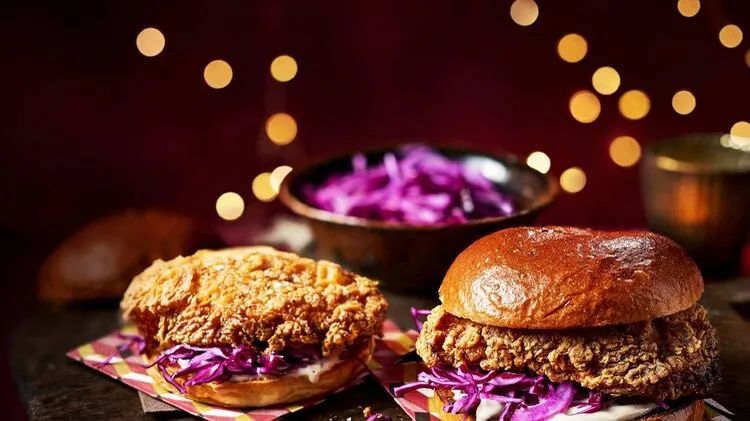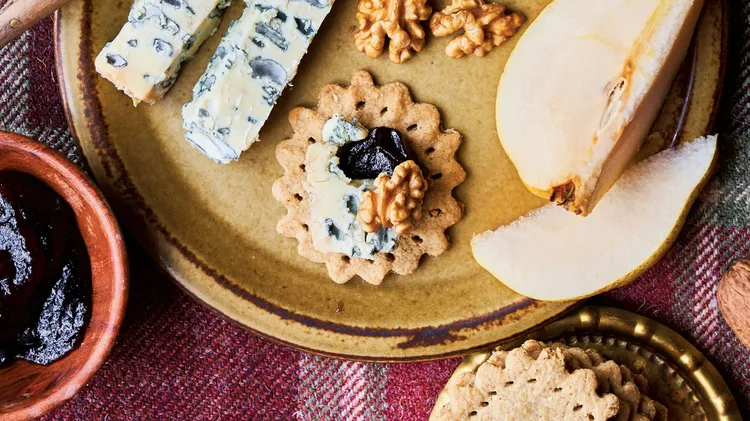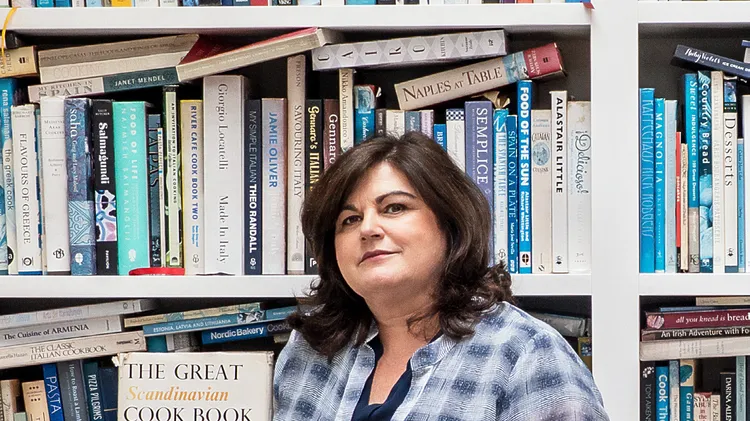Pick up clever tips and tricks to boost your kitchen confidence
Learn something new
4 min read
This article is from...
Read this article and 8000+ more magazines and newspapers on Readly






